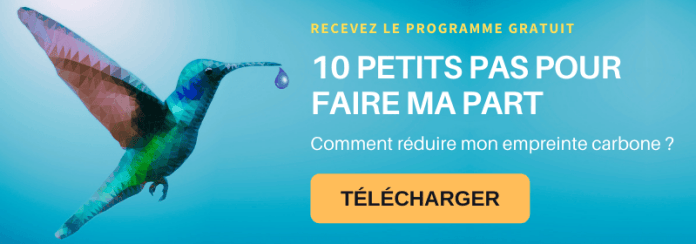Intuitively, the first consequence of the melting of the ice that we think of is the rise in water levels and the level of the oceans. The phenomenon has already been visible for decades and it will continue inexorably. One more bad news, it’s not the only consequence…

What are the consequences of melting ice caps, sea ice and glaciers on the planet. I have already tried to explain to you in this article the causes of melting ice. So now on to the consequences…
An inexorable rise in water
Global warming therefore leads to the melting of the ice, which causes the sea level to rise. Why this rise in water levels? The logic is implacable, all continental ice (snow, glaciers, ice caps) are constantly melting. This surplus of water coming from the continent arrives in the ocean, which leads to an increase in its level.
This rise in water has reached 18 cm between 1870 and 2000 and the phenomenon has accelerated over the past 20 years, with an increase of 6 cm. forecasts for 2100 range from 40 to 80 cm extra according to the different scenarios considered.
Oceanographic reports show that the level of the oceans has risen 18 cm high on average in the world between 1870 and 2000. The IPCCthe UN-sponsored international group of experts on climate change, estimates that sea level rise is inevitable: the average level of the seas and oceans could rise by up to 82 cm by 2100 if nothing is being done to limit greenhouse gas emissions.
If this estimate holds true, certain French coastal areas lowlands (Vendée, Camargue, Flanders, etc.) will be impacted. In the Tuvalu archipelago, the islands are already attacked from all sides by the rising waters.
All these assessments are based on scientific work, both factual and objective. There is no bias in these reports: it is an analysis of the data which aims toconsider scenarios for the future.
According to the most extreme scenarios (not from the IPCC), the total thaw in Greenland andAntarctic could, over several centuries, lead to a rise in sea level of nearly 70 meters.
Sea ice and freshwater reserves
On the other hand, contrary to popular belief, the melting of the pack ice does not contribute to the rise in water levels. Sea ice is a layer of ice that forms on the surface of the sea when the temperature drops. But the volume occupied by ice under the surface of the sea is exactly the same than that of ice once melted.
This is what the Archimedes principle which you must know by heart: “any body immersed in a liquid undergoes a vertical upward thrust, equal to the weight of the volume of liquid displaced”.
The second consequence of melting ice is the inevitable decrease in solid freshwater reserves which, in summer when it is hot, feed the liquid fresh water reserves.
The melting of glaciers is an essential source of drinking water and irrigation water for several hundred million people.
When the melting of ice caps and glaciers accelerates, freshwater resources decline more rapidly. This increases the risk of scarcity and conflicts related to water in these territories.
Seven regions of the world have been identified and classified as “at risk” by scientists: these are Alaska, the Canadian Arctic Archipelago, the Russian Arctic, Iceland and the Norwegian archipelago of Svalbard, the Southern Andes and the Himalayas.
The unthinking consequence
More subtle and less intuitive, the other dramatic consequence of melting ice is linked to the phenomenon of reflection of solar energy, measured by the albedo.
L’albedo is the reflectivity of a surface, i.e. the ratio of reflected light energy to received light energy. The lighter a body, the more reflective it is and the stronger its albedo. Conversely, a dark body has a low albedo because it absorbs more of the Sun’s rays.
Thus, a cloud whose albedo is 70% will return to space 70% solar energy that he received. Depending on its orientation, its color, a surface will more or less retain the radiation received.
Let’s take some examples : the pack ice reflects more than half of the radiation, the ocean and the forest only 5 to 10%, the snow reflects 60 to 90% and the prairie 18 to 25%.
What does that mean ? Less ice means less reflection, so more solar energy accumulates and stays on Earth, so more warming and less ice, etc. We meet in a vicious circle from which it is impossible to escape!
The consequence of the melting ice that we do not think about is this. The global albedo of a region decreases: as the solar energy naturally reflected back to space decreases, the global temperature the region is increasingwhich amplifies the phenomena of global warming and melting ice.
It may seem a bit abstract if you live far from coastal regions and glaciers, but all these consequences intertwine and will have an impact far beyond the regions where these phenomena occur.
The rising waters will have a erosive impact on the coasts. The shoreline will gradually recede, making coastal dwellings more vulnerable. During storms and cyclones, inhabited areas will be more exposed to marine flooding phenomena, which will amplify flood damage.


















